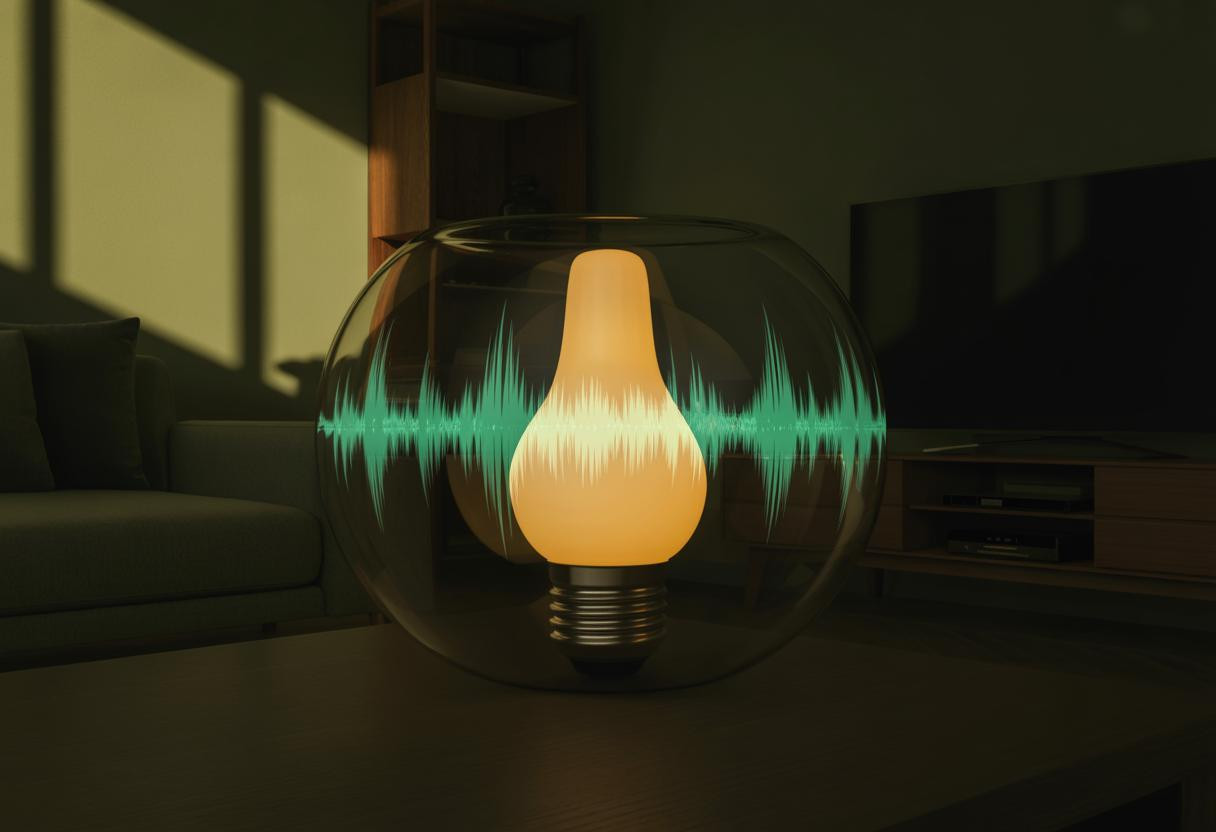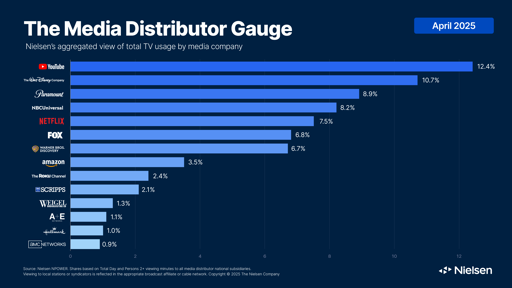In a First, America Dropped 30,000-Pound Bunker-Busters—But Iran’s Concrete May Be Unbreakable, Scientists Say
-
Previously, a yield strength of 5,000 pounds per square inch (psi) was enough for concrete to be rated as “high strength,” with the best going up to 10,000 psi. The new UHPC can withstand 40,000 psi or more.
The greater strength is achieved by turning concrete into a composite material with the addition of steel or other fibers. These fibers hold the concrete together and prevent cracks from spreading throughout it, negating the brittleness. “Instead of getting a few large cracks in a concrete panel, you get lots of smaller cracks,” says Barnett. “The fibers give it more fracture energy.”
-
Previously, a yield strength of 5,000 pounds per square inch (psi) was enough for concrete to be rated as “high strength,” with the best going up to 10,000 psi. The new UHPC can withstand 40,000 psi or more.
The greater strength is achieved by turning concrete into a composite material with the addition of steel or other fibers. These fibers hold the concrete together and prevent cracks from spreading throughout it, negating the brittleness. “Instead of getting a few large cracks in a concrete panel, you get lots of smaller cracks,” says Barnett. “The fibers give it more fracture energy.”
Impressive.
-
Previously, a yield strength of 5,000 pounds per square inch (psi) was enough for concrete to be rated as “high strength,” with the best going up to 10,000 psi. The new UHPC can withstand 40,000 psi or more.
The greater strength is achieved by turning concrete into a composite material with the addition of steel or other fibers. These fibers hold the concrete together and prevent cracks from spreading throughout it, negating the brittleness. “Instead of getting a few large cracks in a concrete panel, you get lots of smaller cracks,” says Barnett. “The fibers give it more fracture energy.”
From this article it sounds very likely that the bunker buster attack failed.
-
Previously, a yield strength of 5,000 pounds per square inch (psi) was enough for concrete to be rated as “high strength,” with the best going up to 10,000 psi. The new UHPC can withstand 40,000 psi or more.
The greater strength is achieved by turning concrete into a composite material with the addition of steel or other fibers. These fibers hold the concrete together and prevent cracks from spreading throughout it, negating the brittleness. “Instead of getting a few large cracks in a concrete panel, you get lots of smaller cracks,” says Barnett. “The fibers give it more fracture energy.”
Basically they used pyramid age tech to outplay billions of dollars worth of weapons tech.
-
Basically they used pyramid age tech to outplay billions of dollars worth of weapons tech.
Hardly. Did you read the article?
-
Previously, a yield strength of 5,000 pounds per square inch (psi) was enough for concrete to be rated as “high strength,” with the best going up to 10,000 psi. The new UHPC can withstand 40,000 psi or more.
The greater strength is achieved by turning concrete into a composite material with the addition of steel or other fibers. These fibers hold the concrete together and prevent cracks from spreading throughout it, negating the brittleness. “Instead of getting a few large cracks in a concrete panel, you get lots of smaller cracks,” says Barnett. “The fibers give it more fracture energy.”
I sure would like to read this article, it seems fascinating, but it's paywalled.
-
Hardly. Did you read the article?
The greater strength is achieved by turning concrete into a composite material with the addition of steel or other fibers.
Fiber reinforcment is thousands of years old.
-
Previously, a yield strength of 5,000 pounds per square inch (psi) was enough for concrete to be rated as “high strength,” with the best going up to 10,000 psi. The new UHPC can withstand 40,000 psi or more.
The greater strength is achieved by turning concrete into a composite material with the addition of steel or other fibers. These fibers hold the concrete together and prevent cracks from spreading throughout it, negating the brittleness. “Instead of getting a few large cracks in a concrete panel, you get lots of smaller cracks,” says Barnett. “The fibers give it more fracture energy.”
They used nagarjuna cement
-
Previously, a yield strength of 5,000 pounds per square inch (psi) was enough for concrete to be rated as “high strength,” with the best going up to 10,000 psi. The new UHPC can withstand 40,000 psi or more.
The greater strength is achieved by turning concrete into a composite material with the addition of steel or other fibers. These fibers hold the concrete together and prevent cracks from spreading throughout it, negating the brittleness. “Instead of getting a few large cracks in a concrete panel, you get lots of smaller cracks,” says Barnett. “The fibers give it more fracture energy.”
Nothing is unbreakable.
-
And no bomb is irresistible.
-
Nothing is unbreakable.
Except for my spirit.
-
Previously, a yield strength of 5,000 pounds per square inch (psi) was enough for concrete to be rated as “high strength,” with the best going up to 10,000 psi. The new UHPC can withstand 40,000 psi or more.
The greater strength is achieved by turning concrete into a composite material with the addition of steel or other fibers. These fibers hold the concrete together and prevent cracks from spreading throughout it, negating the brittleness. “Instead of getting a few large cracks in a concrete panel, you get lots of smaller cracks,” says Barnett. “The fibers give it more fracture energy.”
Ha ha yea go iran! Fuck the west and their imperialist bull!
-
From this article it sounds very likely that the bunker buster attack failed.
And I read that the US used more than half of its stock of these bunker-buster bombs in this attack, the largest conventional bunker-busters in existence. So they can't simply try again.
-
Hardly. Did you read the article?
So I did not read the article because of a paywall I'm too lazy to circumvent right now
But from OP's summary, the main technology they're talking about is concrete reinforced with steel or other fibers.
And that's definitely more advanced than "pyramid age"
But it's also pretty much a direct descendant of mud brick reinforced with straw which humanity has been using since well before the pyramids. Same basic concept, different materials.
So yes and no.
-
From this article it sounds very likely that the bunker buster attack failed.
I mean they usually only do about 30 damage anyways.
-
Previously, a yield strength of 5,000 pounds per square inch (psi) was enough for concrete to be rated as “high strength,” with the best going up to 10,000 psi. The new UHPC can withstand 40,000 psi or more.
The greater strength is achieved by turning concrete into a composite material with the addition of steel or other fibers. These fibers hold the concrete together and prevent cracks from spreading throughout it, negating the brittleness. “Instead of getting a few large cracks in a concrete panel, you get lots of smaller cracks,” says Barnett. “The fibers give it more fracture energy.”
I low key assume this means the next strike will be using tactical nukes. This is bad news folks.
-
The greater strength is achieved by turning concrete into a composite material with the addition of steel or other fibers.
Fiber reinforcment is thousands of years old.
Calling that pyramid age I think is a little disingenuous, they didn’t have 40,000 psi concrete back in those days.
-
Except for my spirit.
You can't break what is already broken
-
Except for my spirit.
Someone, somewhere, said they don't like you.
Now CRY!
-
Someone, somewhere, said they don't like you.
Now CRY!
Everyone likes me.






